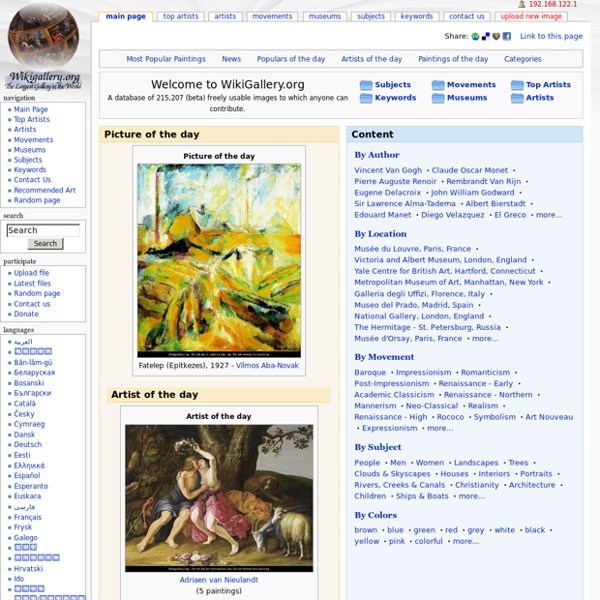



Museo Nacional del Prado Wallace Online The Louvre Iamblichus' Life of Pythagoras, or Pythagoric Life | Universal Theosophy Approach ye genuine philosophic few, The Pythagoric Life belongs to you: But far, far off ye vulgar herd profane; For Wisdom’s voice is heard by you in vain: And you, Mind’s lowest link, and darksome end, Good Rulers, Customs, Laws, alone can mend. [infopopup tag=pythagoras] Introduction When it is considered that Pythagoras was the father of philosophy, authentic memoirs of his life cannot fail to be uncommonly interesting to every lover of wisdom, and particularly to those who reverence the doctrines of Plato, the most genuine and the best of all his disciples. Of this very extraordinary man there is a life extant by Eunapius, the substance of which I have given in my History of the Restoration of the Platonic Theology, and to which I refer the English reader. He performed some few particulars relative to the veneration of divinity by himself, without his associates and disciples; but was inseparable from his familiars in most of his operations. Chapter I. Chapter II. Chapter. Chapter IV.
drawing tutorial National Gallery of Art | NGAkids home page NGAkids CD ROMs Eight new NGAkids CD-ROMs are available through the Gallery's LEARNING RESOURCES portal. If you are having compatibility issues or if you prefer using our art activities offline, we invite you to register and borrow these free CDs. The set includes some of our most popular interactive programs, including Brushster, Dutch House, Faces and Places, Jungle, Photo Op, Sea-Saws, and Still Life. What's Happening? Download the calendar (PDF, 267k) or visit the Family Activities page on our Web site for more information about upcoming programs. Parents and teachers may wish to sign up for the mailing list or consult the Gallery's online Calendar of Events. For up-to-date information on the current month’s films, please call the Children’s Film Program information line at (202) 789-3030 or read this list of scheduled Children's Film. Here is an up-to-date list of Current Exhibitions. Searching for something? You can learn about the history of the National Gallery of Art. Plug-ins
PDF Peter H. Raven Library Peter H. Raven Library Fourth floor of the Monsanto Center 4500 Shaw Blvd. St. Louis, MO 63110 Phone: (314) 577-5155 Fax: (314) 577-0840 library@mobot.org 8:30 a.m. to 5:00 p.m. Search the catalog The Library began as a small collection of horticultural books owned by the Garden’s founder, Henry Shaw. In 2011, it was formally dedicated in honor of Dr. The Library is a research facility, and its holdings do not circulate. The collections are divided into two major components: the general collection and special collection. Honolulu Museum of Art » Come Be Inspired Pythagoras 1. The Pythagorean Question What were the beliefs and practices of the historical Pythagoras? This apparently simple question has become the daunting Pythagorean question for several reasons. 2. 2.1 Chronological Chart of Sources for Pythagoras 2.2 Post-Aristotelian Sources for Pythagoras The problems regarding the sources for the life and philosophy of Pythagoras are quite complicated, but it is impossible to understand the Pythagorean Question without an accurate appreciation of at least the general nature of these problems. In the Pythagorean Memoirs, Pythagoras is said to have adopted the Monad and the Indefinite Dyad as incorporeal principles, from which arise first the numbers, then plane and solid figures and finally the bodies of the sensible world (Diogenes Laertius VIII. 25). A third source of evidence for early Greek philosophy is regarded with great skepticism by most scholars and, in the case of most early Greek philosophers, used only with great caution. 3. 4. 5.
Dream Worlds Revealed On Canvas Along with some magnificent dreams, Jacek Yerka finds inspiration for his masterful paintings from his childhood memories: the places, remembered feelings and smells of 1950′s Poland. He studied fine art and graphic design before becoming a full time artist in 1980… and we’re glad he did. His paintings will take you through incredible worlds of imagination, bending reality in captivating and clever ways fit to inspire a novel or film. See many more examples of his find paintings at yerkaland.com. See Also ENDEARING MONSTER DRAWINGS POP FROM THE SCREEN Via: hypeness.com.br